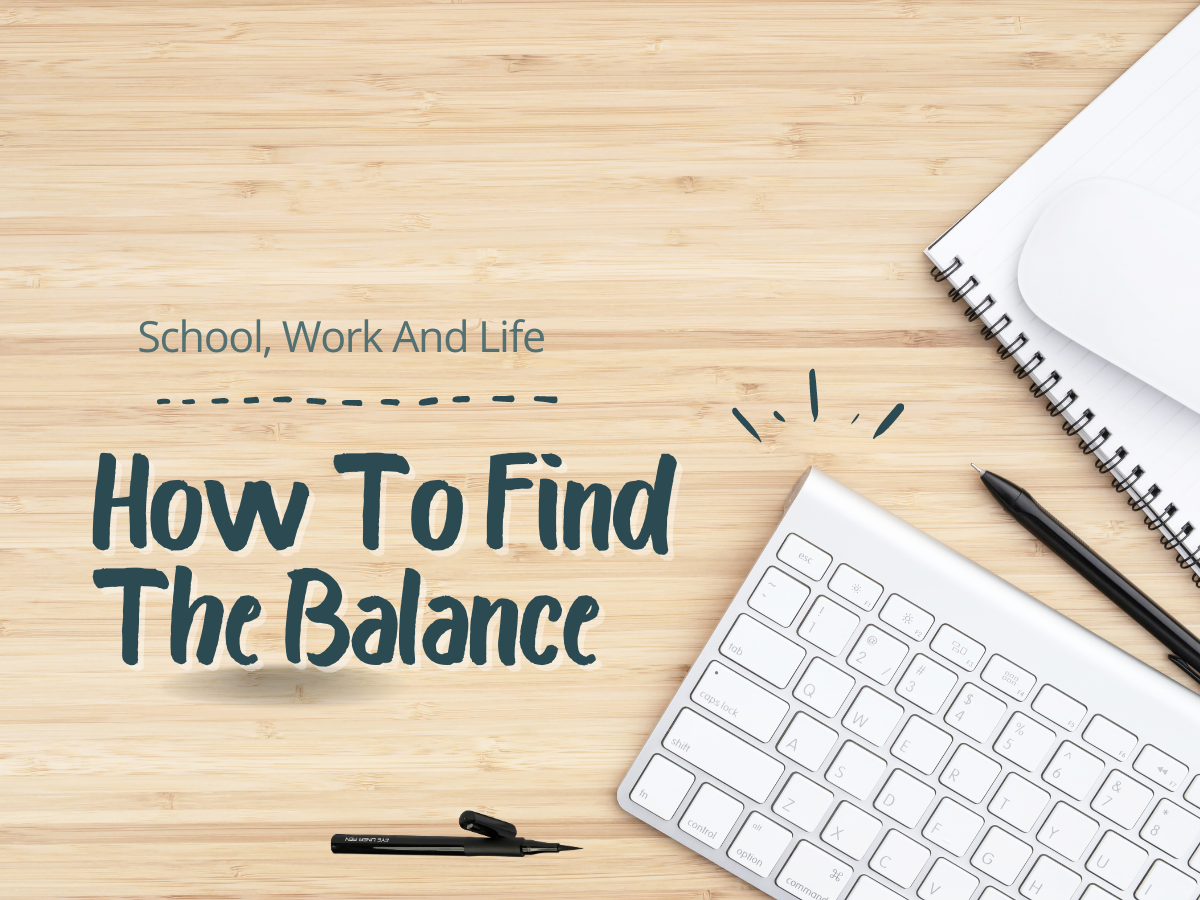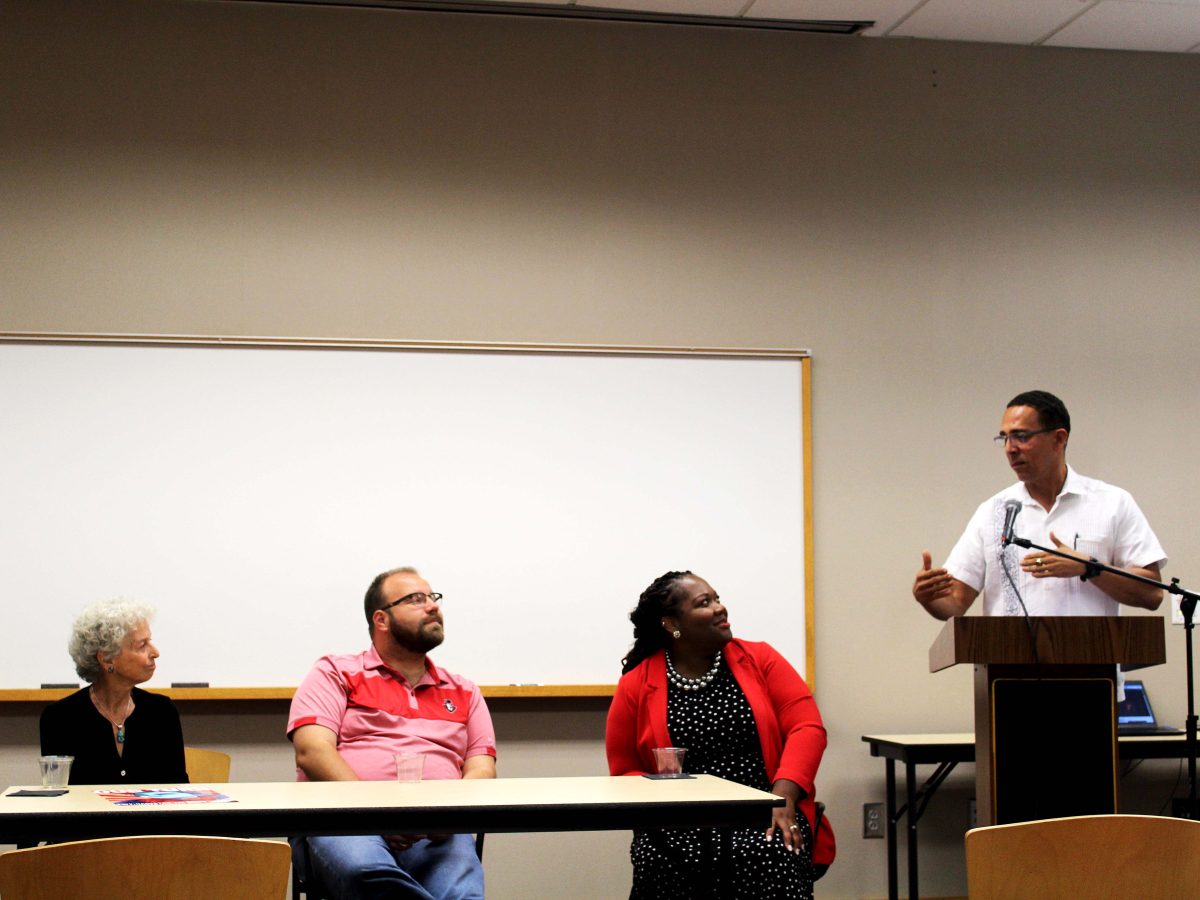» Kristin Kittell – [email protected]
If you were to ask a pregnant woman how she was coping with her disability, you would not garner a positive reaction. For most pregnant women, the insinuation pregnancy is anything other than a point of pride and joy would be a personal offense.
Pregnancy is a natural occurrence for the female gender, a result of a healthy reproductive system contributing to the circle of life.
Why, then, has there been a recent push for pregnancy to be added to the list of conditions qualifying indivduals for disability benefits in the work place?
According to Jeanette Cox, associate law professor at the University of Dayton, the Americans with Disabilities Act is failing to accomodate a large demographic by leaving out pregnant women who cannot carry out their usual tasks at work.
The ADA is a federal civil rights law requiring employers to provide accommodations for employees who can’t perform without them due to prolonged physical or mental disability.
The probelm with including pregnancy in this is derived directly from the ADA. The ADA defines disability as “a physical or mental impairment that substantially limits a major life activity such as hearing, seeing, speaking, thinking, walking, breathing or performing manual tasks.”
One could argue pregnant women fit these requirements. According to the Mayo Clinic, the first trimester of pregnancy alone is laden with nausea, fatigue, dizziness, increased urination and various other digestive problems.
These symptoms could render a woman incapable of carrying out job-related tasks, primarily if her job is labor-intensive or if it requires, for example, constant customer attentiveness.
However, the ADA goes on to state that a “nonchronic condition of short duration, such as a sprain, broken limb or the flu, generally would not be covered.” This is where pregnancy falls short; it only lasts nine months, the same duration of time it takes to heal a severe leg fracture.
Furthermore, pregnancy is avoidable. Women know how it happens. They know how to prevent it, and whether by chance or conscious effort, they choose not to. Pregnancy should by no means be placed in the same category as blindness or an inability to walk.
Women become pregnant because they want to make a transition into the world of motherhood and to take on the responsibility of childcare.
Every woman with any inclination to do so should aspire to motherhood at some point in their lives. However, that woman should not expect employers to provide the same accommodations for her that they would an amputee or cancer patient.
Occasionally, as Cox points out, women’s careers are jeopardized resulting from employers’ reluctance to accommodate the physical strains of pregnancy. While there should be regulations in place to prevent employers from discriminating against pregnant women, those regulations do not fit the title of disability.
The Family and Medical Leave Act was created for the purpose of protecting workers, both male and female, from having to choose between the well-being of their careers and the well-being of their families.
If this act is falling short on the front of pregnancy, legislatures should consider revisions of it, such as preventing employers from forcing employees to take early maternity leave.
Considering pregnancy a disability is tantamount to calling the female gender on the whole a disability. It is a part of womanhood, much like menstruation and menopause. Pregnant women should be respected as societal cornerstones, not considered special cases as if they suffer some inescapable malady. TAS






